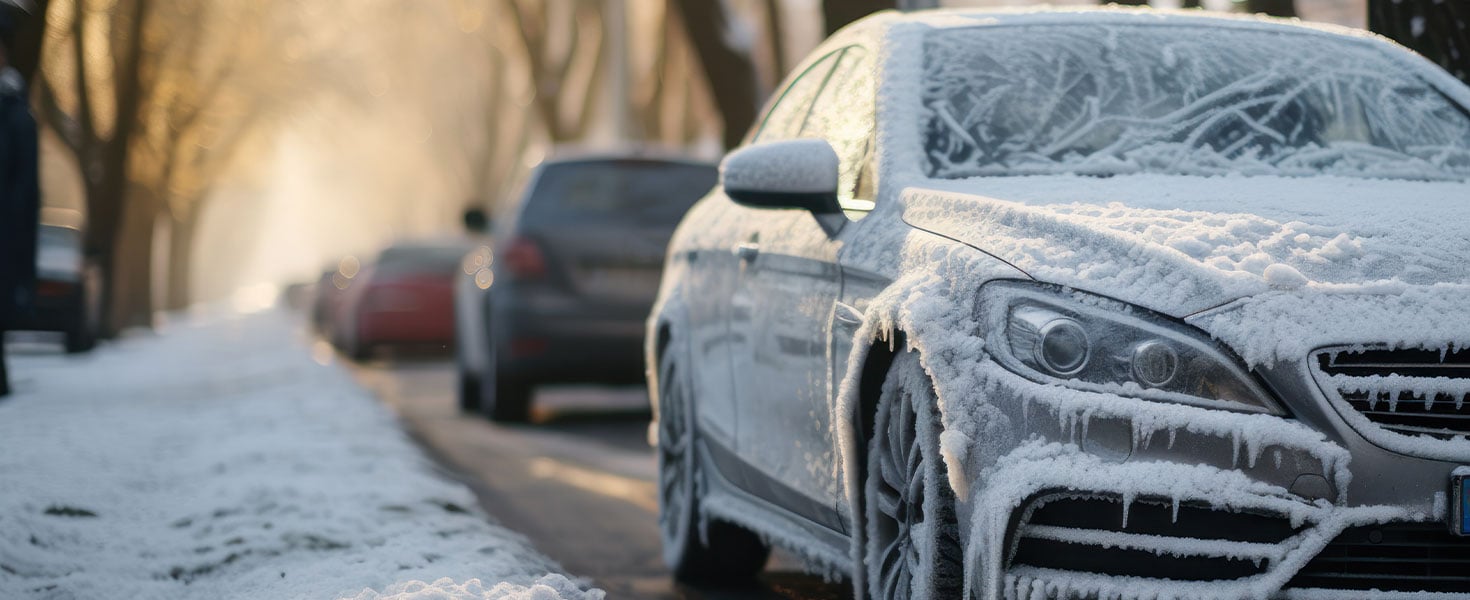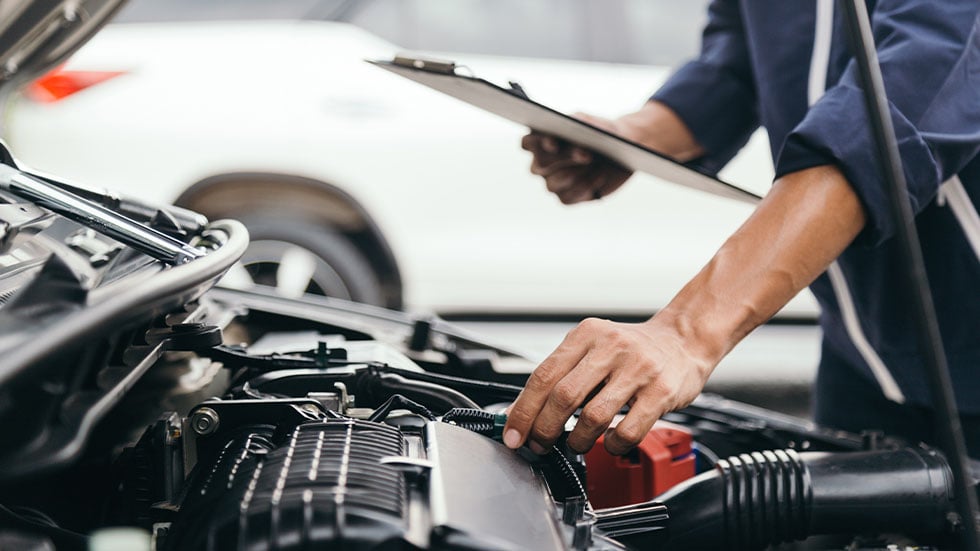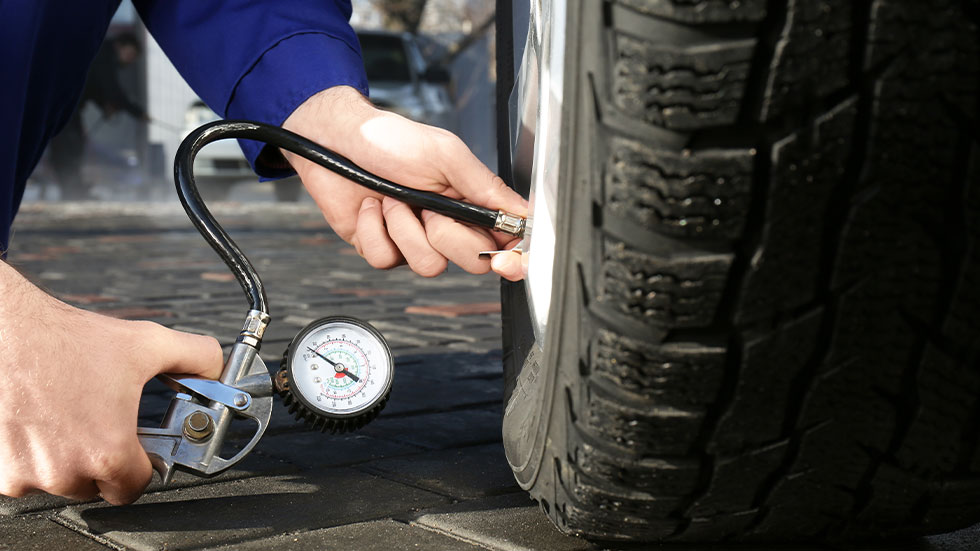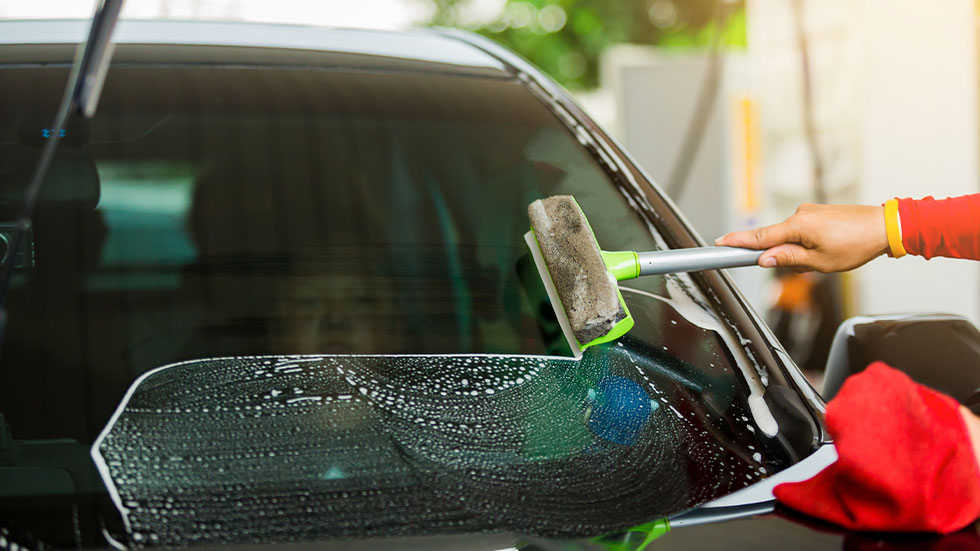5 Steps to Winterize Your Vehicle Like a Pro
Stay safe on slick roads and avoid cold-weather breakdowns with these expert winterizing tips


There’s nothing quite as magical as curling up to watch the first snowfall of the season—as long as you’re doing so from the warmth of your living room, of course.
Navigating winter weather from behind the wheel of a car can be a decidedly less pleasant—and even dangerous—experience. To help you stay safe throughout the season, AAA’s team of ASE-certified mechanics share five essential tips to winterize your vehicle and tackle common winter-driving challenges.

Expert tip 1: Address existing issues with a preseason checkup
Worn tires, mysterious engine noise, and broken taillights are all issues that are easier to ignore in summertime. But cold weather has a way of turning such minor vehicle problems into major ones—and icy backroads are the last place you want to be when trouble strikes.
Before seasonal temps drop consistently below 50 degrees Fahrenheit, take your vehicle in for a multipoint inspection by a trusted mechanic. Your mechanic can help you address any existing concerns and equip your car with everything it needs for safer winter driving.
Expert tip 2: Make sure your car is outfitted with the right gear
Whether you leave car care to the experts or prefer to do repairs and maintenance yourself, late fall is a great time to swap out tires, batteries, wiper blades, fluids, and other components with versions that are specifically designed for driving in icy winter conditions. Also, stash a winter driving kit in the trunk—so ice scrapers, jumper cables, flashlights, and other winter driving essentials are easily within reach should you need them.
Vehicles require more power to perform basic functions in winter, so your car will thank you for the boost.

Expert tip 3: Start the season with proper tire pressure and tread depth
Tire health is important to monitor year-round, but it’s especially critical in winter. That’s because standard tires lose about one pound of PSI (pressure per square inch) for every 10-degree drop in temperature. This causes tires to deteriorate more rapidly, resulting in decreased overall vehicle performance and safety.
Before winter weather sets in, use a gauge to ensure that your tires are properly inflated and adequately treaded, and continue to monitor these elements throughout the season. Locate manufacturer recommendations in your owner’s manual or on the placard located inside the driver side door.
Expert tip 4: Replenish fluids early and often
Even short drives can produce a surprising amount of road salt and other buildup on car windshields and headlamps, which can seriously limit visibility in heavy rain or snowfall. Topping off with a specially formulated wiper fluid will help keep your sight lines clear and grime-free as you traverse tricky roadways this winter.
When you winterize your vehicle, think about fluids. The experts at AAA recommend keeping your gas tank at least half full at all times. In addition to limiting condensation that can cause gas lines to freeze, you’ll have peace of mind knowing that you're prepared in the unfortunate event of a breakdown or fender bender.

Expert tip 5: Check back in with your car at regular intervals
Continue to monitor your car’s health throughout the season with these simple habits that will ensure safer winter driving:
- Visually check all four tires for signs of deflation before hitting the road.
- Take 30 extra seconds to wash the windshield whenever you stop for gas.
- Carry a pressure/tread gauge and extra wiper fluid in the trunk for refilling as needed.
- Keep your AAA membership card, preferred mechanic's contact info, and other important car maintenance documents in your glove box, on your phone, or in another secure place.
And, of course, drive safely all winter by slowing down during wet, icy, or snowy conditions, and avoid sudden stops and starts. Most of all, if the experts advise you to stay home during dangerous driving weather, stay home—and enjoy watching the snow fall from the safety and warmth of your home.
